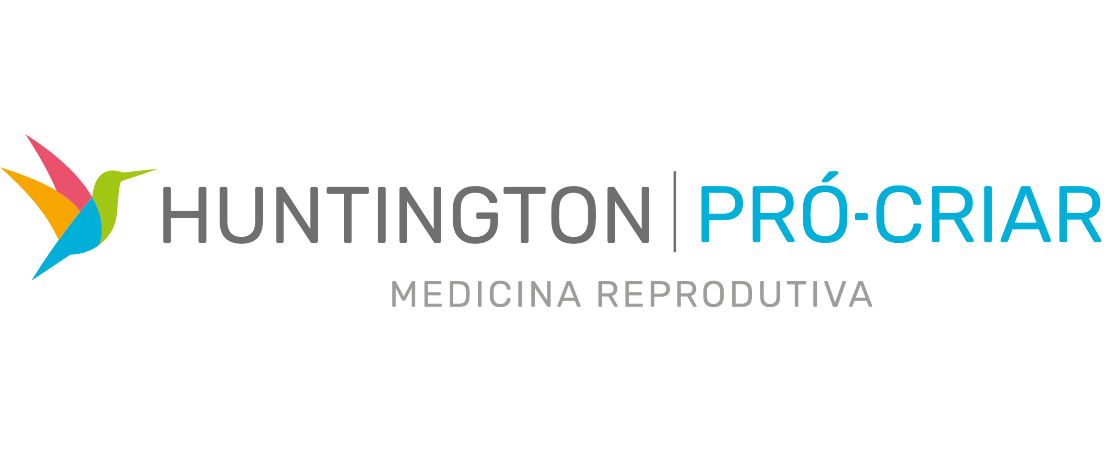Most international experts advise against "the 3-parent” IVF technique
July 19, 2019
• Despite the fact that children have already been born using this technique, the professionals assembled in Barcelona at the Eugin EBART Campus, argue that more clinical trials and research are needed to validate its safety and effectiveness
• Eugin’s scientific director, Dr. Rita Vassena, warns that the application of Artificial Intelligence and Robotics is forcing us to rethink the profile, training and way of working of embryologists
Barcelona, June 6, 2019. Most assisted reproduction experts would not recommend their patients to use the mitochondrial replacement technique – popularly known as “the three-parent technique” – to prevent the transmission of mitochondrial diseases or to avoid infertility problems. The professionals consider that more clinical trials and basic research needs to be carried out to prove the safety and efficacy of this controversial method. This has been verified today during a survey of the more than 100 experts who took part in the 2nd EBART International Campus (Evidence Based Assisted Reproductive Technology) organized by the Eugin Group and which took place in Barcelona.
During the scientific meeting, 80% of the experts have spoken out against recommending this controversial technique, which is not provided for in Spanish law, to combat infertility. Regarding its use to prevent mitochondrial diseases, the audience was much more divided, with a difference of only 4 points between one option and another.
The technique still raises a lot of controversy among the scientific community, as could be seen at the EBART Campus. During his presentation, Dr. Filippo Zambelli, a researcher from the Eugin Group, summarized the main arguments of the critics of this technique.
“As yet, there is not enough evidence to use the three-parent technique routinely in assisted reproduction centres. It only makes sense in very specific cases, for therapeutic purposes and to prevent the transmission of mitochondrial diseases”, he said. “It seems that it can work and it may be the future, above all, to avoid mitochondrial diseases, but it is necessary to do more extensive clinical trials, as well as further long-term follow-up of babies already born with this technique, and more basic research in order to prove its safety and effectiveness”, said Zambelli. For this reason, he opts for using a donor egg as the best method to avoid hereditary mitochondrial diseases and fertility problems.
The researcher warned that it is necessary to validate this method with more research in the face of doubts about its safety. In this regard, he noted that “we still don’t know enough about the effects of the interaction between mitochondrial DNA and the nuclear DNA of two different “mothers”. He also indicated that it is necessary to delve further into the study of the problems of incompatibility of the nucleus of the oocyte of the pregnant woman with that of the cytoplasm of the donor.
In addition, Zambelli pointed out that to circumvent genetic mitochondrial diseases, pre-implantation genetic tests can be used to rule out those embryos that inherit these diseases.
Background
The United Kingdom became the first country in 2015 to allow the “three-parent technique” – so called because it uses the DNA of three parents to conceive a baby – applied only to avoid serious mitochondrial diseases. Despite not having the support of the scientific community, the method has been used several times, giving rise to several births. The first one took place in Mexico in 2016, and was assisted by a medical team from the United States, where the technique is illegal. The last birth using this technology was recorded last April, in Greece, with the intervention of Spanish embryologists.
In the beginning, as happened in the case of Mexico, the technique was devised and used to avoid the transmission of a genetic mitochondrial disease by the pregnant woman. However, researchers who took part in the pilot clinical trial in Greece used it to get around the mother’s fertility problems.
The technique
In the case of Mexico and Greece, the technique consists of extracting the nucleus of the oocyte from the pregnant mother and implanting it in the oocyte of a donor with healthy mitochondria from which the original nucleus has previously been extracted. Then, the resulting oocyte is fertilized with sperm from the father. In this way, the baby inherits a genetic load that is more than 99% from its mother and father, since in mitochondria they contribute less than 1% of the mother’s genetic load.
The future of embryology: brains, not hands
During the Eugin Group’s EBART International Campus, the future of the embryologists’ profession was also analysed. In her speech, the Eugin Group’s scientific director, Dr. Rita Vassena, has warned that the application of Artificial Intelligence and Robotics in the field of Assisted Reproduction, which has already begun and will cover more and more areas, is forcing us to rethink the profile, training and way of working of embryologists. “In 5 years’ time there will be great changes in our profession,” Vassena said. As examples, she explained that they are already using algorithmic models, still at an experimental phase, to select embryos based on Big Data from accumulated clinical cases. As for robotics, she added, the first automated systems to vitrify eggs are already to be found in assisted reproduction centres.
“The future of embryology is more about brain and heart, and less about hands”, summed up Vassena. Therefore, she would go for updating the training of embryologists and strengthening their curriculum in aspects like critical thinking – in order to discern which techniques to apply-, or Artificial Intelligence and its implementation in genetics. She also opted for humanizing the profession and focusing on the relationship with the patient and the psychology of infertility.













